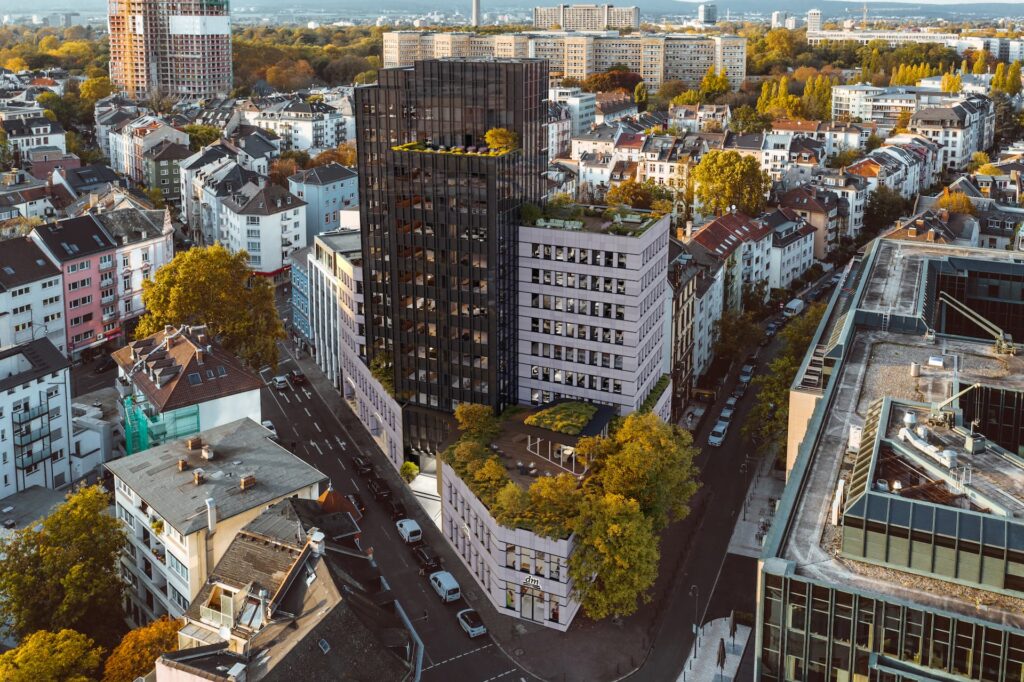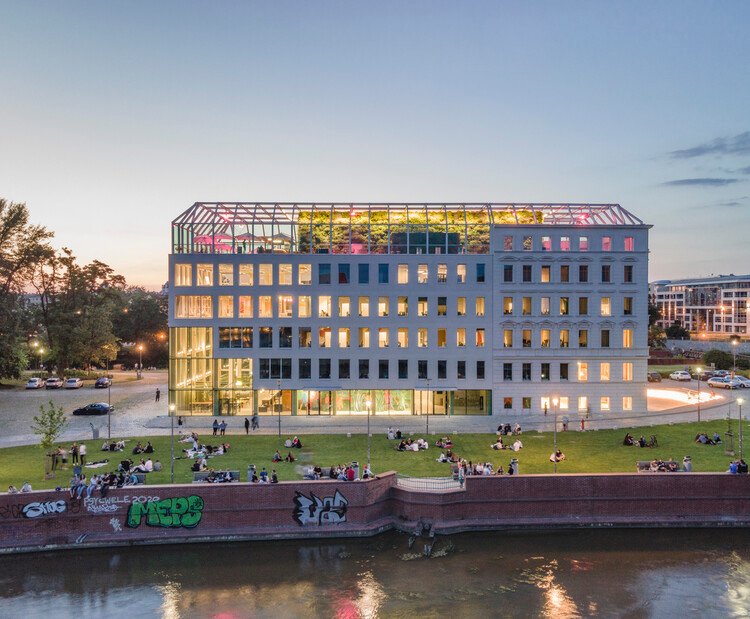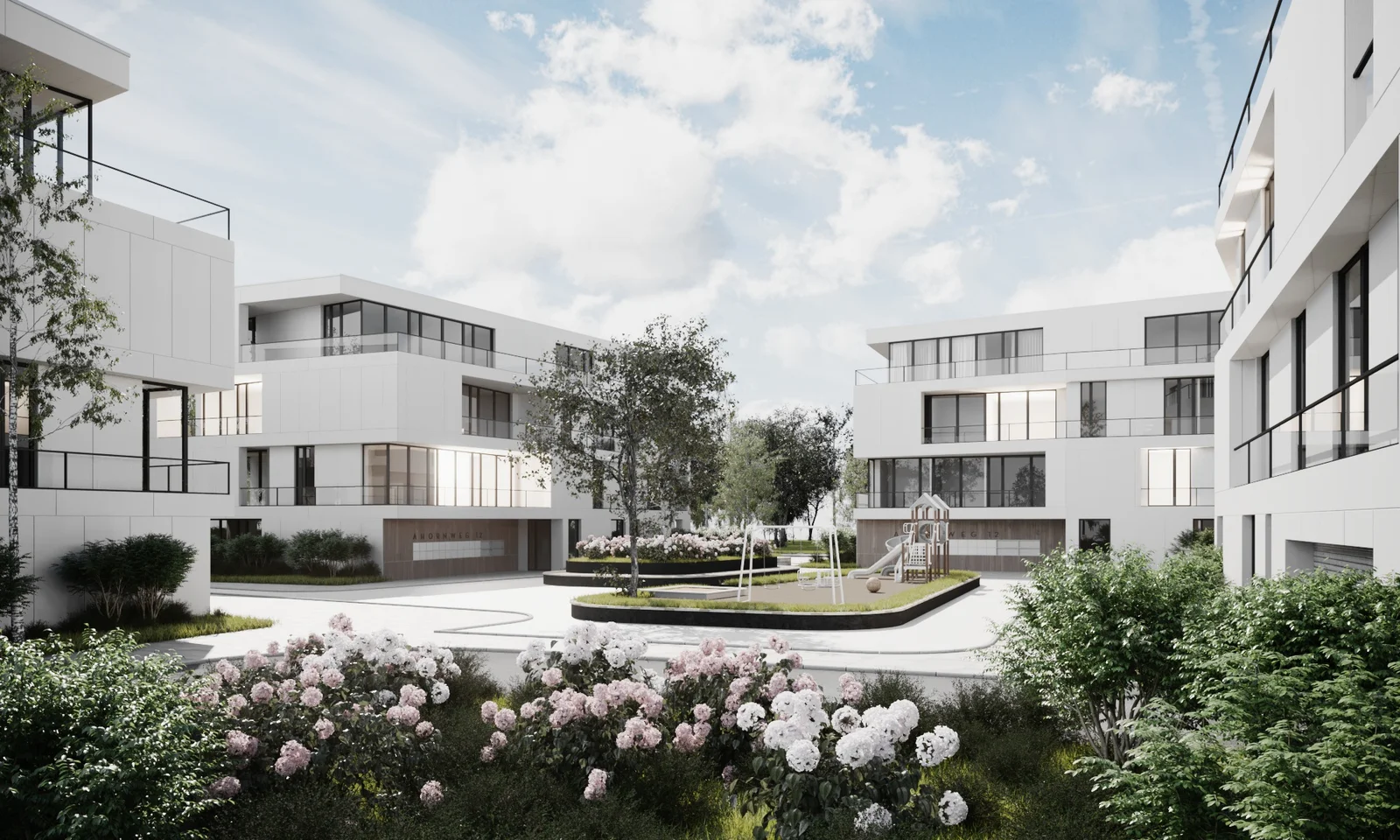The Rise of Minimalist Styles in Architectural Visualization
In recent years, the architectural world has seen a marked shift towards minimalist design. This trend is not only evident in the physical structures that we see rising up around us, but in the methods and styles of architectural visualization as well. The art of depicting architectural designs, whether for client presentations, marketing materials, or construction guidance, has embraced the ethos of minimalism wholeheartedly. This blog post will delve into the rise of minimalist styles in architectural visualization, exploring its origins, its impact, and its potential future.
Understanding Minimalism in Architecture
Before we delve into the nuances of minimalist architectural visualization, it is crucial to understand the concept of minimalism in architecture. This will not only provide a context for the subsequent discussion, but also help readers appreciate the beauty and complexity of this seemingly simple style.
Defining Minimalist Architecture
Minimalist architecture, also referred to as ‘minimalism’, is a design approach that prioritizes simplicity and functionality. It is characterized by the use of simple geometric forms, clean lines, and a lack of superfluous detail. The focus is on the essential elements of a structure, reducing everything else to a bare minimum. This approach is not only aesthetic; it also reflects a philosophy that values quality over quantity, substance over surface, and essence over excess.
The Philosophy Behind Minimalism
The philosophy of minimalism in architecture is rooted in the belief that a building should communicate its purpose and function without any unnecessary embellishments. It is a reaction against the excess and ostentation of some architectural styles, advocating instead for simplicity, clarity, and honesty in design. The idea is to create spaces that are not only visually appealing, but also functional, practical, and in harmony with their surroundings.
The Emergence of Minimalism in Architectural Visualization
Understanding the Roots of Minimalism
Minimalism, as a concept, traces its roots back to the post-World War II Western art movement. It was an artistic reaction against the complexity and excess of abstract expressionism. Its principles of simplicity and functionality then permeated various fields, including architecture and later, architectural visualization.
Minimalist architectural visualization, therefore, emphasizes simplicity, functionality, and the beauty of unadorned design. It does away with unnecessary details and elements, focusing instead on clean lines, basic shapes, and a restrained color palette. The result is a clear and straightforward representation of architectural design, which allows viewers to appreciate the architecture itself without any distractions.
The Shift to Minimalist Architectural Visualization
The rise of minimalist styles in architectural visualization can be attributed to several factors. First, the increasing demand for sustainability in architecture has made minimalist visualization more appealing. This style uses fewer resources and creates less waste, aligning with the principles of sustainable design.
Second, the advent of digital technology has made it easier to create minimalist visualizations. With advanced software and tools, architects and designers can easily strip away unnecessary details and focus on the essential elements of a design.
Lastly, there’s a growing appreciation for the aesthetic appeal of minimalism. People are drawn to its clean, uncluttered look, which offers a refreshing contrast to the visual overload often seen in today’s media-saturated world.
The Influence of Minimalist Styles on Modern Architectural Visualization
Promoting Clarity and Focus
One of the key advantages of minimalist styles in architectural visualization is its emphasis on clarity and focus. By eliminating unnecessary elements, minimalist visualizations allow viewers to focus on the architectural design itself. This can be particularly beneficial in commercial settings, where clear and effective communication of design concepts is crucial.
Enhancing Aesthetic Appeal
Minimalist visualizations also have a unique aesthetic appeal. Unlike traditional visualizations, which can be cluttered and overwhelming, minimalist visualizations are clean, sleek, and modern. They often use a limited color palette, which can create a sense of harmony and consistency. This can make the designs more attractive to viewers, potentially increasing their interest and engagement.
Driving Innovation in Architectural Visualization
Finally, the rise of minimalist styles is driving innovation in architectural visualization. Architects and designers are constantly exploring new ways to simplify their designs without sacrificing functionality or aesthetic appeal. This has led to the development of new techniques and tools, pushing the boundaries of what’s possible in architectural visualization.In conclusion, the rise of minimalist styles in architectural visualization has significantly influenced the modern design landscape. It has not only revolutionized the way architects and designers present their concepts, but also how the audience perceives and interacts with these designs. Minimalism, with its emphasis on simplicity, functionality, and beauty, offers a refreshing and sustainable approach to architectural visualization. As we continue to evolve in a fast-paced, complex world, the appeal of minimalist styles in architectural visualization is likely to grow, further cementing its place in design culture. Truly, less is becoming more in the realm of architectural visualization.







